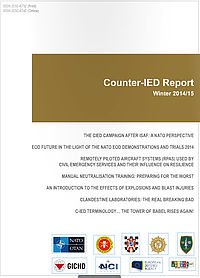The use of Remotely Piloted Aircraft Systems (RPAS) has increased significantly over the past decade. Previously called drones, or Unmanned Aerial Vehicles (UAV), the RPAS have rapidly evolved in sophistication, autonomous functions, weight and portability.
A variety of professional RPAS applications exist today in riot control, border surveillance, military intelligence and tactical aerial combat. At the same time, civil disciplines such as disaster management, emergency services and geodetic surveys on land and water are examples of new actors benefiting from RPAS technology in the effort to be more effective and efficient in their daily work.
This report explores a current selection of remotely piloted aircraft commercially available, focusing on professional, non-military applications of RPAS and their potential in enhancing the resilience of state emergency services, specialist organisations and the local communities they serve. Through an introduction to the types of RPAS, the report presents technical case studies from Italy, Switzerland and Germany. Advantages and drawbacks are explored in routine operational use of RPAS in a bomb disposal task that may involve a mass evacuation, in a landmine survey and as a tool for a fire department during an emergency callout.
Category: Mine Action
This file is missing but we may have a record available in the GICHD archive. Please email info@gichd.org for more information.
